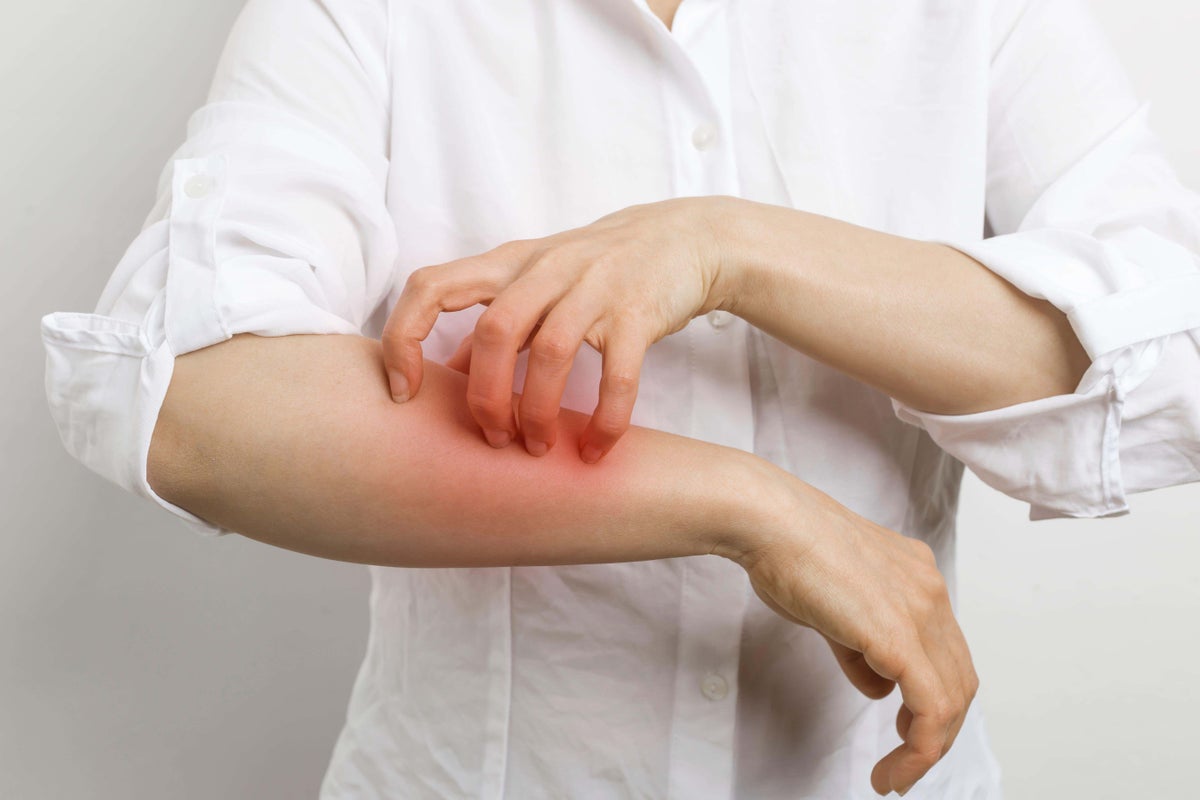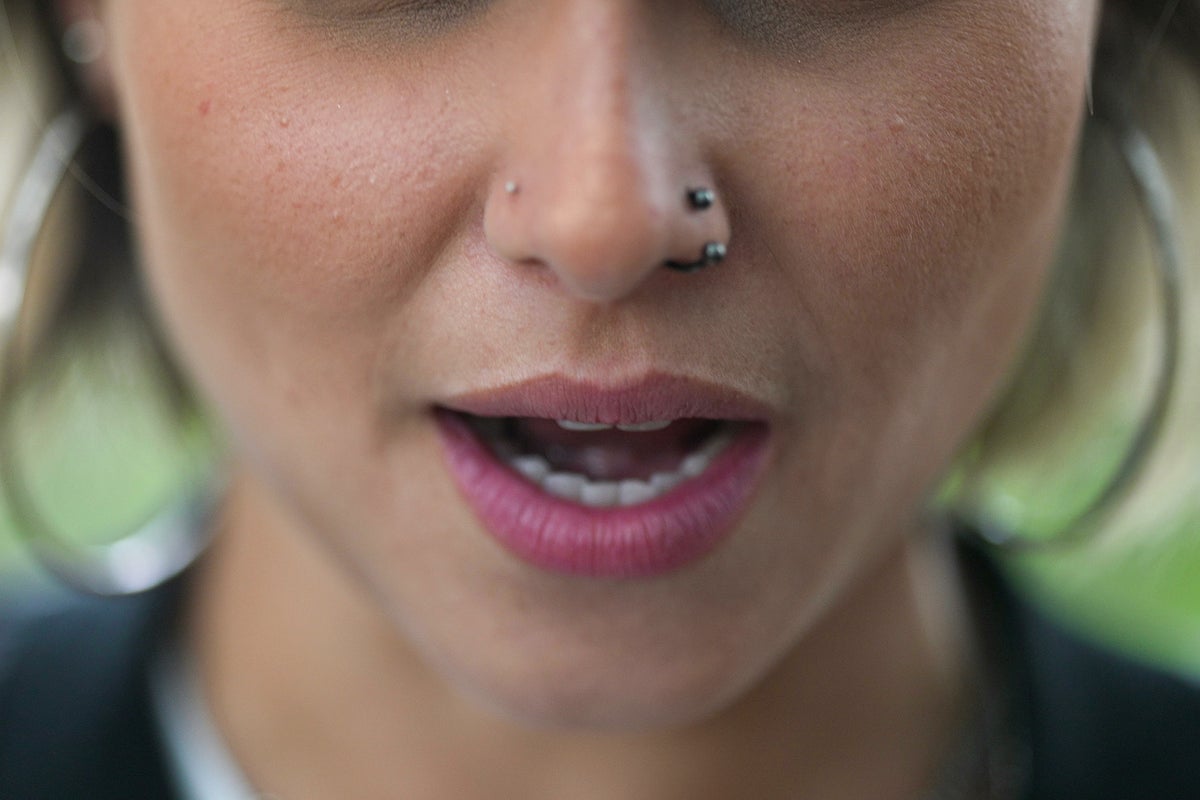
John Cena reveals skin cancer diagnosis
John Cena has revealed that he has twice been diagnosed with skin cancer as he launches a new campaign to promote the use of sunscreen.
Cena, 47, is currently experiencing a renaissance in the WWE amid his final year as a wrestler, chasing a historic 17th world championship in the process.
Away from the wrestling ring, the Peacemaker actor has addressed his previous experiences with skin cancer, revealing he ever wore sunscreen while he was growing up,
Speaking to People, he said: “I grew up in a small town next to Newburyport and Salisbury Beach. Some of my earliest memories of summer are of small carnivals and people walking the beachside.
“My mom [Carol] raised five boys and I’m pretty sure she just wanted to just keep us alive and healthy. She had her hands full for sure, so I certainly do not blame her. And me being born in ’77, this was kind of all new knowledge.”
This neglect of sunscreen continued into Cena’s twenties when he moved to Florida admitting that he became “stubborn” and that he “didn’t want to have a routine and I also thought the problem would never reach methought the problem would never reach me”.
Continuing, Cena said: “It wasn’t until I went to a dermatologist and got a skin checkup and had a cancerous spot removed from my right pec. I was very lucky to have a great dermatologist who kind of, I guess for lack of a better term, held me by the hand and let me know that I wasn’t alone.
“The stats on this are overwhelming, but as much as I learn about them, those numbers don’t mean anything. I think the best way to hammer home a point is human-to-human connection. And I as a human can tell you: Man, that phone call’s not what you want to get because it is unpredictable and you don’t know how bad it’s going to be.”
Cena then revealed that he had a second cancerous spot removed a year later from his right shoulder. He said that WWE fans can spot the scars from his operations when they watch him on television: “It shows up like a white polka dot on the side of my chest and on my shoulder.”
Sharing his advice on maintaining good skincare, Cena added: “If you’re out there and you brush your teeth, at a young age you learned that going to the dentist when your teeth are in bad shape is bad because it’s painful.
“The same thing will happen if you don’t take care of your skin, and it’s actually easier than brushing your teeth. Because it’s not something you should exercise to just make you look more beautiful. It’s something you should exercise to allow you to be who you are for a longer period of time.”
Cena has now teamed up with Neutrogena to promote their Ultra Sheer Mineral Sunscreen product while reinforcing the importance of skin safety.

Here is how to check for possible signs of melanoma and non-melanoma skin cancer:
Melanoma:
- The NHS states the first signs of a melanoma is often a new mole, or a change in the appearance of an existing mole.
- Moles are usually round or oval, with a smooth edge, which is not bigger than 6mm in diameter. Any change in size, shape, or colour, any bleeding, crustiness or itchiness, or how painful a mole is should be shown to a doctor.
- The NHS has an ABCDE checklist to help people tell the difference between a normal mole and a melanoma:
- Asymmetrical – melanomas have two very different halves and are an irregular shape.
- Border – melanomas have a notched or ragged border.
- Colours – melanomas will be a mix of two or more colours.
- Diameter – melanomas are larger than 6mm (1/4 inch) in diameter.
- Enlargement or elevation – a mole that changes size over time is more likely to be a melanoma.
Non-melanoma:
- Non-melanoma usually appears as a lump or discoloured patch of skin that does not heal. If a person experiences on of these patches that do not heal after four weeks, they should see their GP.
- Signs of Basal cell carcinoma can look like a small red or pink lump, though it can also appear as a pearly-white or waxy-looking lump, or it can also appear as a red or scaly patch of skin.
- The lump, whether pink or white, will grow slowly and can become crusty or bleed, or become a painless ulcer.
- Signs of Squamous cell carcinoma are the appearance of a firm pink lump. This lump could have a flat, scaly or crusted surface, often bleeds easily and feels tender to touch and can also become a painless ulcer.










